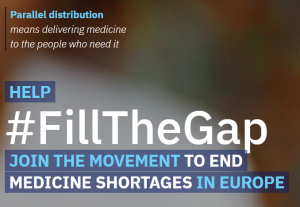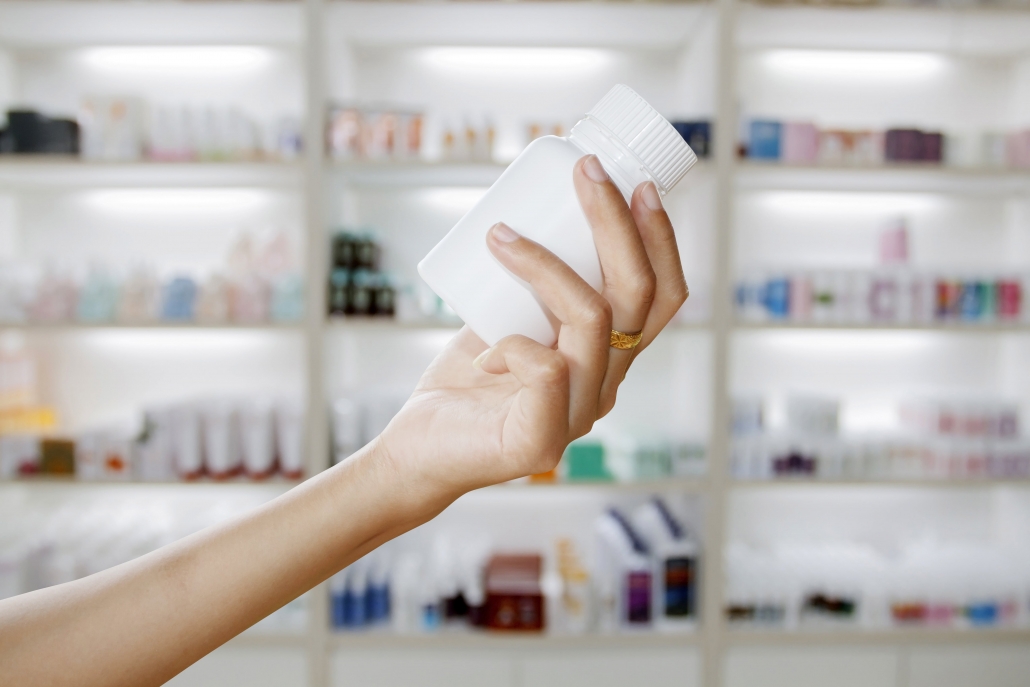CAUSES OF SHORTAGES IN THE EU
The problems of supply of medicines represent a big concern for health authorities across the continent. They are an acute threat to the correct functioning of health systems and to the wellbeing of patients in Europe. Despite the efforts to secure access to medicines, shortages have multiplied their incidence in recent years. Affordable Medicines Europe (signing as EAEPC – former name) have worked intensively with stakeholders from the whole supply chain to identify possible root causes of shortages. The results have been published in this joint stakeholder paper. Furthermore, Affordable Medicines Europe monitor closely the development of shortages across the EU. In this document you find our overview of all available official shortages lists from Member States.
For 12 Member States the causes of shortages are indicated in the lists by the national medicine’s agencies/ministries of health. GIRP (the European Healthcare Distribution Association) have compiled the reasons given in an easy overview.
The main causes of shortages worldwide are well-known. Whereas only the EU has parallel trade, also the US, Canada, Japan, and Australia face shortages. The main causes globally are acknowledged to be fuelled by:
- Product withdrawal. Manufacturers decide to withdraw pharmaceutical products from the market because in certain conditions they are no longer profitable. This is more and more common around Europe – especially for generics.
- Production and quality problems. The global consolidation of manufacturing increases the vulnerability of the supply chain. Any incident in one of the production facilities might have a big impact on the availability of the medicine in all the markets. In addition to this, the concentration of the industries and the reduction of the costs might have had an effect on quality, as increasing recalls of medicines have provoked shortages.
- Quota systems. Quotas are imposed by manufacturers in many countries to limit the potential for competition. As a consequence, the supply chain becomes very rigid and less reactive to fluctuations of the medicines demand, creating shortages when they occur.
#FillTheGap
Affordable Medicines Europe has initiated the campaign #FillTheGap. Here you will find examples of solutions to shortages. See more at www.accesstomedicine.eu and follow the campaign @FillTheGap_EU on Twitter.
Join the conversation!

WORKING WITH PATIENTS TO OVERCOME THE PROBLEM
Both parallel importers and parallel exporters are committed to reduce the incidence of medicines shortages problem and improve the access to these key pharmaceuticals. Several initiatives have been undertaken by our members to help patients to get the medicines they need via parallel imports.
One great example is the online platform created by the Bulgarian Association for Medicines Parallel Trade Development. This platform receives signals from patients who are not able to find a medicine they need, and within 24h the association let you know if the product is available, in which pharmacy and, if the product cannot be found in any pharmacy but a wholesaler has stock of it, they will bring it to the patient. If the product has been withdrawn in Bulgaria, they will recommend the patient to go back to the doctor to ask for an alternative treatment and ask the authorities if an emergency parallel import can be arranged. This project has won several awards, including the “Business in Support of a Cause” given by the Federation Bulgarian Patient Forum.
Alleviating shortages
Solutions to shortages must be found at European level. In our policy section, you can read much more on how shortages can be mitigated in the medium- to long-term. However, short-term, parallel imports is the most efficient and readily available tool in the fight against shortages.
Our industry has the ability to mitigate shortages by bringing medicinal products that are suffering from problems of supply in one country from another market in which there is a surplus. Parallel traders’ capacity to repackage and relabel products, in addition with their knowledge of the different markets and distribution network, gives them the chance to swiftly introduce a medicine in the market with supply problems will full safety assurance for the patient.
Parallel imports are not from low-income countries
An erroneous preconception must be dispelled: parallel trade does not bring medicines from poor countries to sell them in richer countries to the detriment of the former and the benefit of the latter. In fact, more than 50% of the parallel imports are sourced in high income countries, and the distribution of the trade flows is fairly balanced between southern, northern and eastern countries of Europe. These are the main findings of a study based on extensive data provided by the members of Affordable Medicines Europe in 17 countries, that represent around 85% of the parallel import sales in the continent.

Parallel trade does not drive shortages
Medicines Agencies across the EU confirm this finding in their official shortages’ lists (see above). European patients are safeguarded by the Public Service Obligation enshrined in Directive 2001/83 Article 81, which states that: “The holder of a marketing authorisation for a medicinal product and the distributors of the said medicinal product actually placed on the market in a Member State shall, within the limits of their responsibilities, ensure appropriate and continued supplies of that medicinal product to pharmacies and persons authorised to supply medicinal products so that the needs of patients in the Member State in question are covered.”
As an extra safeguard to ensure that parallel exports do not become a driver of shortages – 16 EU Member States have erected export restriction legislation. Some of this legislation has been deemed by the EU Commission to be against Articles 34-36 TFEU, while other restrictions are considered appropriate and proportionate according to Article 36 TFEU. Affordable Medicines Europe are fully committed to ensure that parallel exports never cause a shortage and work proactively with the EU Commission and Member States to ensure this is the case.
What is parallel trade?
In the Single Market parallel traders can buy pharmaceuticals in any EU/EEA country, repackage them to comply with national legislation and linguistic needs, and sell them at a lower price than the standard local price, in competition with that same identical product sold by the manufacturer or its local licensee. This is possible because prices of individual drugs vary between Member States.
Safety
Parallel imports are original European supply sourced in another country of the EU/EEA and totally adapted to the destination market. These medicines are 100% safe, as parallel traders are subject to the same regulatory requirements as manufacturers of the branded or generic pharmaceuticals, and they have to undergo regular inspections by the competent authorities.
Savings
The objective of parallel trade is to offer Europeans original supply of medicines at a lower price. This creates sizable savings for public health insurance systems, pharmacies and, ultimately, patients. The savings stem from the price differences of manufacturers’ prices for the same medicine between countries of the EEA. There are direct and indirect savings.

